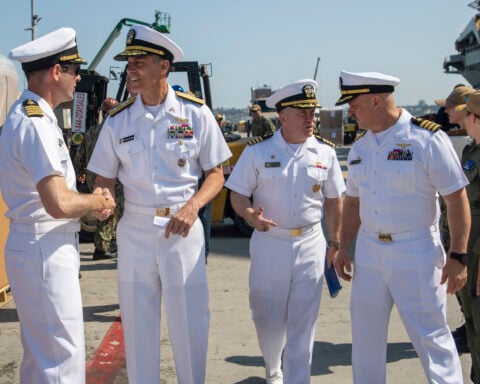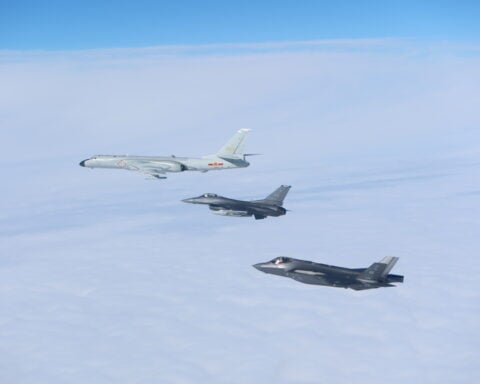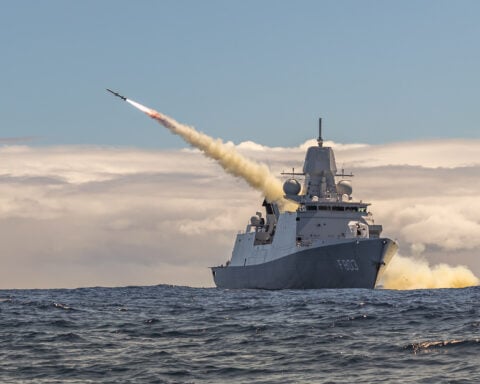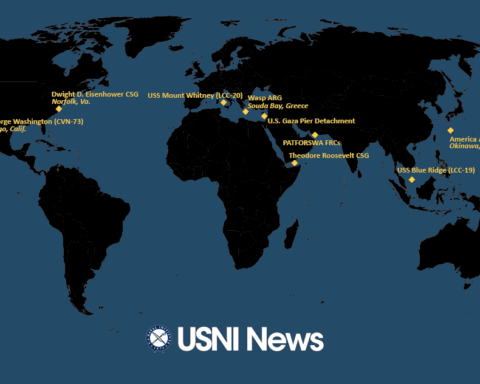USNI News polled its writers, naval analysts, and service members on what they consider the most important military and maritime stories in 2014.
Crimea
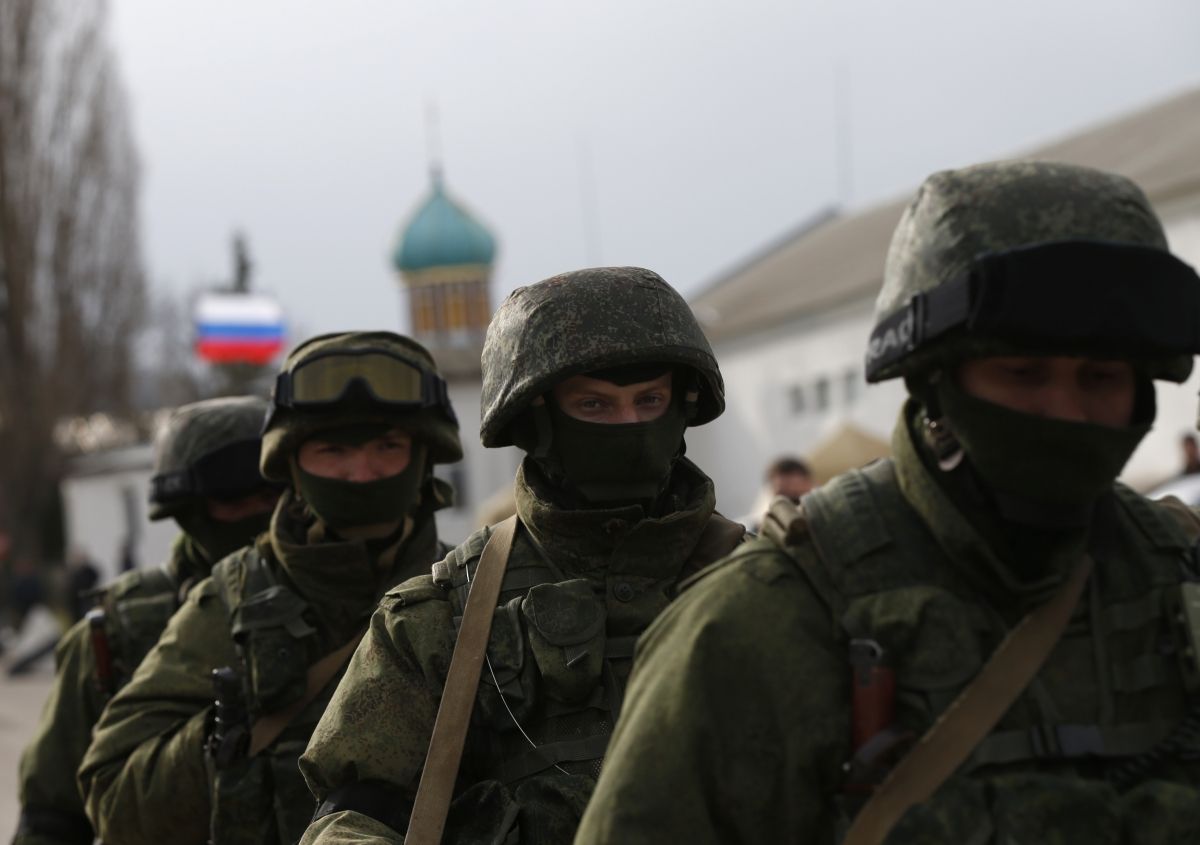
Shortly after the closing ceremony of the Sochi Winter Olympics, Russian forces took military control of the isthmus of Crimea from the Ukrainian government in March.
Following a tense political landscape inside Ukraine, Russia moved to take control of the region where its Black Sea fleet was based at Sevastopol.
The seizure of the territory and the ongoing civil war in eastern Ukraine have tilted the security landscape of Europe and further deepened the split between NATO and the European Union and Russia’s sphere of influence.
Regardless of the ongoing sanctions placed on Russia, popular support for President Vladimir Putin is high and the Russian air force and navy has expanded its operational footprint to arguably the highest level since the Cold War.
Russia On the Move
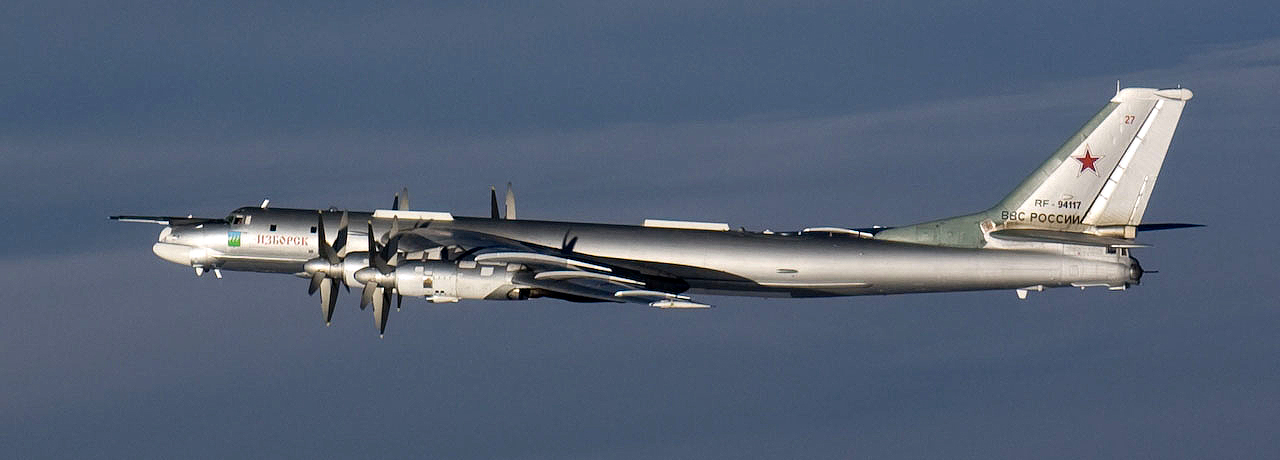
Since Crimea and the spark of Ukraine’s civil war, Russia has expanded its air and naval operations around the world.
In Europe, NATO interdictions of Russian flights have tripled over 2013 numbers with at least one “unprofessional” engagement with a U.S. Air Force surveillance plane.
In the Pacific, Russia sent two rare surface missions to Asia. Slava-class cruiser Moscow (or Moskva) conducted a rare live fire drill in the South China Sea, while a four ship Russian surface group buzzed Australia ahead of the G-20 summit.
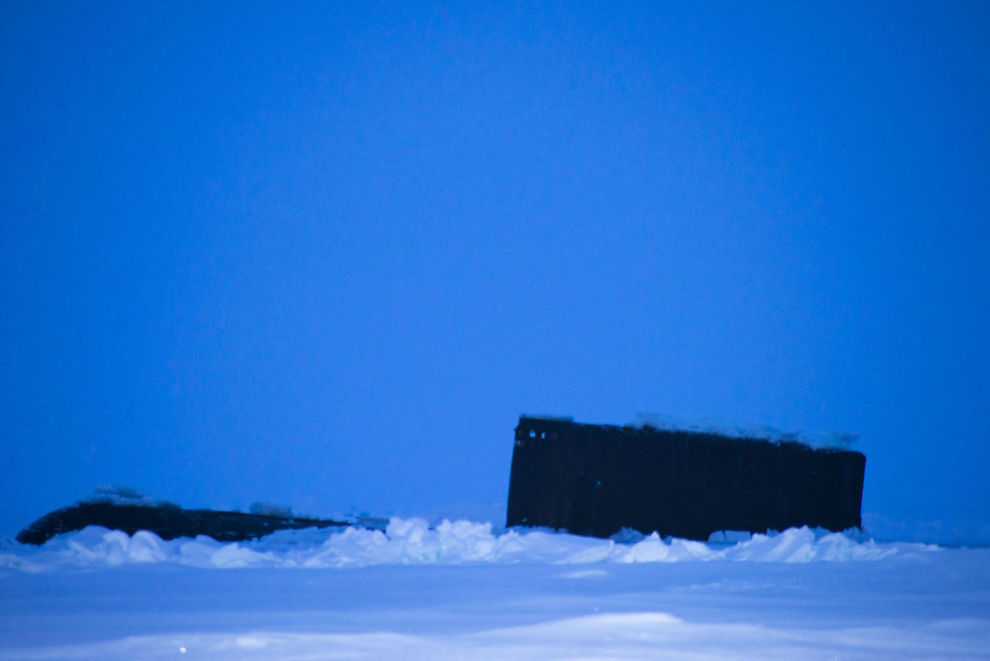
Below the surface Russia was also active.
“I’d say they’re very busy in the undersea domain, I’ll leave it with that,” Chief of Naval Operations (CNO) Adm. Jonathan Greenert said in November.
Chinese Oilrig
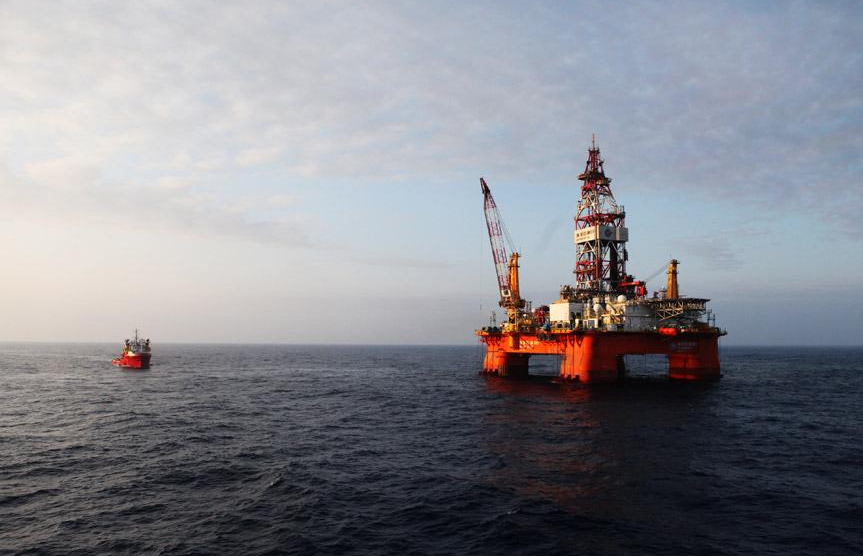
In the South China Sea tensions between Vietnam and China reached a boiling point when China parked a $1 billion oilrig in Vietnam’s exclusive economic zone (EEZ).
View Paracel Islands in a larger map
Described by the Vietnamese as “illegal and invalid,” the Haiyang Shiyou 981 began operations in early May and led to several tense standoffs between the two countries.
China eventually withdrew the oilrig in July.
Swedish Sub Hunt
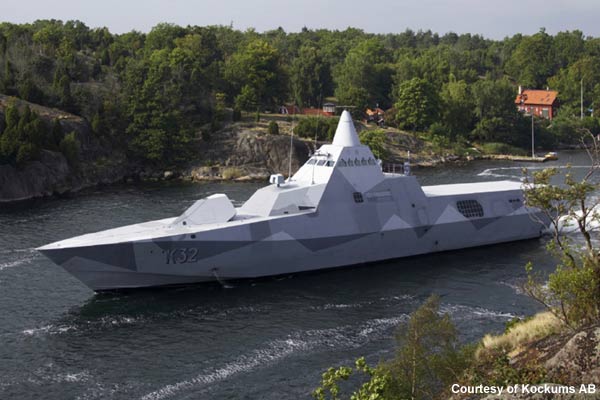
Sweden spent six days looking for a mystery submersible it claimed violated its sovereign territory in October.
The search for the submersible was Sweden’s largest mobilization since the Cold War.
Speculation on the mystery object trended toward a Russian midget submarine on maneuvers along the shore.
“Speculation that the suspected Swedish contact could be a midget submarine is certainly plausible. Midget submarines can be launched covertly from beneath larger vessels
,” according to an October analysis in Jane’s Defence Weekly.
Russia denied all involvement.
RIMPAC and the Chinese Spy Ship
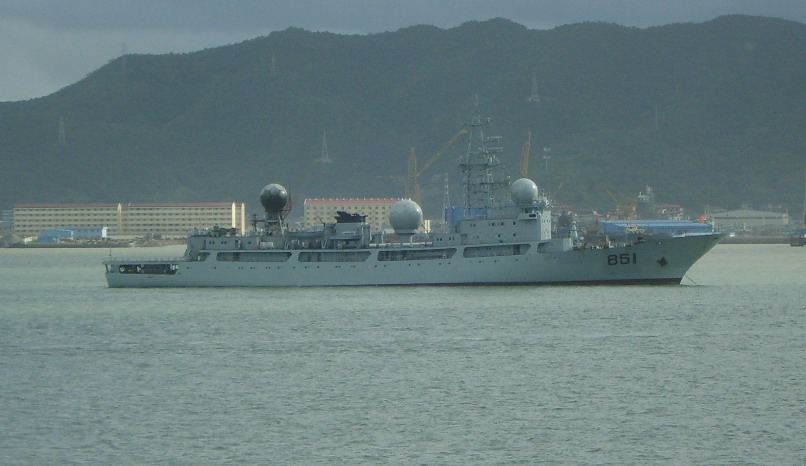
For the first time China’s People’s Liberation Army Navy (PLAN) participated in the U.S. led Rim of the Pacific (RIMPAC) 2014 off the Coast of Hawaii.
The U.S. invited four ships but five showed.
Monitoring the exercise from international waters was a PLAN electronic surveillance ship, perceived as an odd move from China.
The ship was a Dongdiao-class auxiliary general intelligence (AGI) ship, one in a class of three PLAN ships designed to gather electronic and communication data from surrounding vessels and aircraft.
The presence of the ship caused at least one member of Congress to lambast the Chinese.
“Given China’s recent disregard for principles like freedom of navigation and the peaceful resolution of territorial disputes, it was already a stretch to reward Beijing with an invite to such a prestigious event like RIMPAC,” Rep Randy Forbes (R-Va.) chairman of the House Armed Services Subcommittee on Seapower and Projection Forces told USNI News in July.
“Now we learn they chose to disrespect the 20 other international participants by sailing an intelligence gathering ship directly into the middle of the exercise. It is clear China is not ready to be a responsible partner and that their first trip to RIMPAC should probably be their last.


